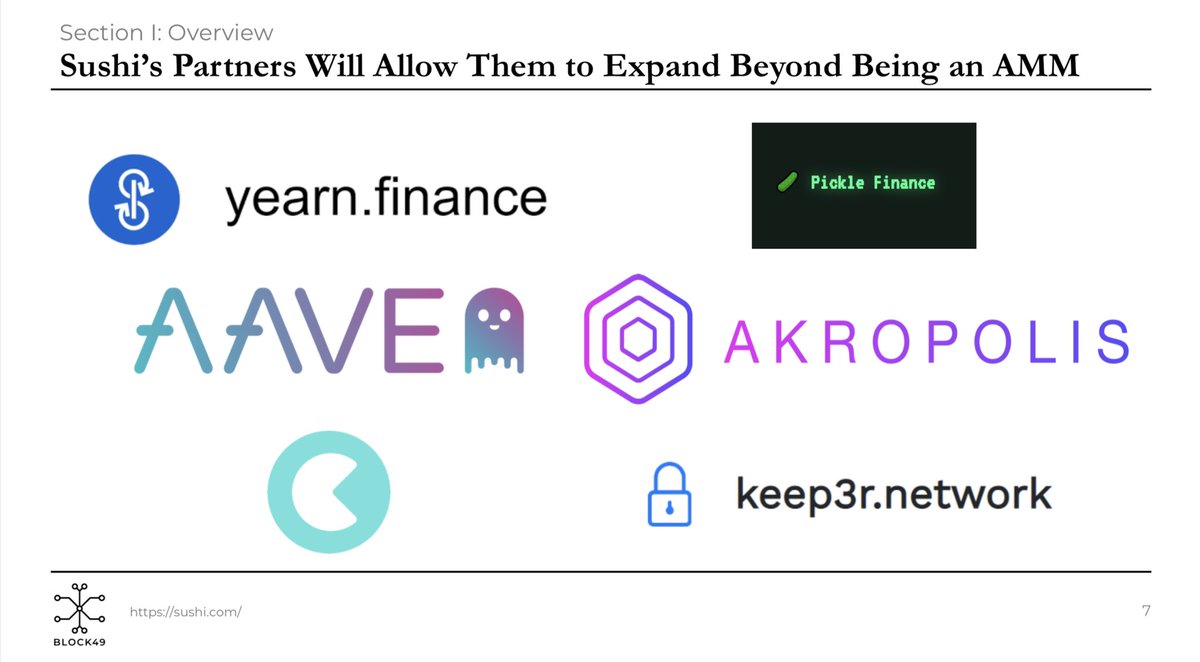
Layer 1 Comparison [Thread]
As more and more layer 1's begin to flourish with their own ecosystems of users, DeFi and Dapps, we decided to take a look into how each of the smaller L1's compare on a variety of metrics.
1. Market Cap
As more and more layer 1's begin to flourish with their own ecosystems of users, DeFi and Dapps, we decided to take a look into how each of the smaller L1's compare on a variety of metrics.
1. Market Cap

2. Number of Addresses
This can provide an effective surface-level view of the number of users on a particular chain.
$SOL $LUNA $ETH $EOS $DOT $FTM $AVAX
This can provide an effective surface-level view of the number of users on a particular chain.
$SOL $LUNA $ETH $EOS $DOT $FTM $AVAX

3. Addresses/Market Cap
This basically tells us what value the market has assigned for each address within the individual blockchain. The higher the number, the higher the market values each additional address within that L1.
This basically tells us what value the market has assigned for each address within the individual blockchain. The higher the number, the higher the market values each additional address within that L1.

4. DeFi TVL/Market Cap
This tells us the ratio of DeFi value locked within a L1 to its market cap. The higher the number, the higher the market value's value locked within that particular L1. This can potentially point to more capital-efficient chains.
This tells us the ratio of DeFi value locked within a L1 to its market cap. The higher the number, the higher the market value's value locked within that particular L1. This can potentially point to more capital-efficient chains.

• • •
Missing some Tweet in this thread? You can try to
force a refresh














